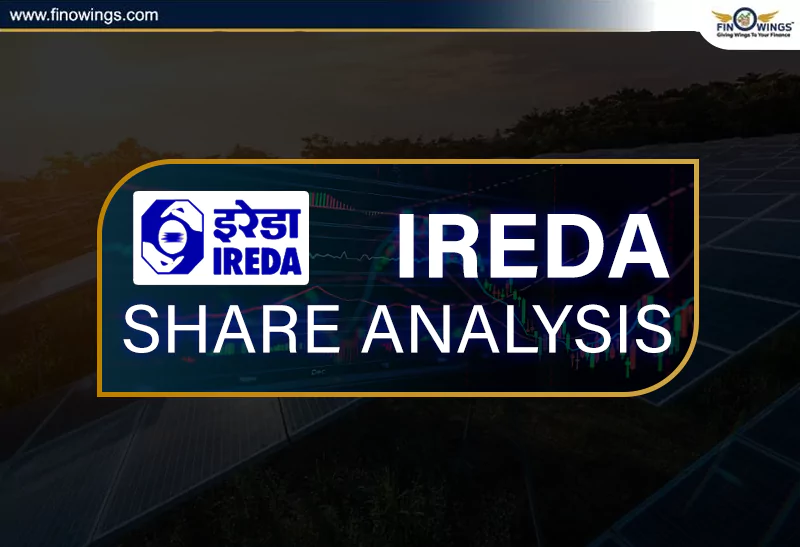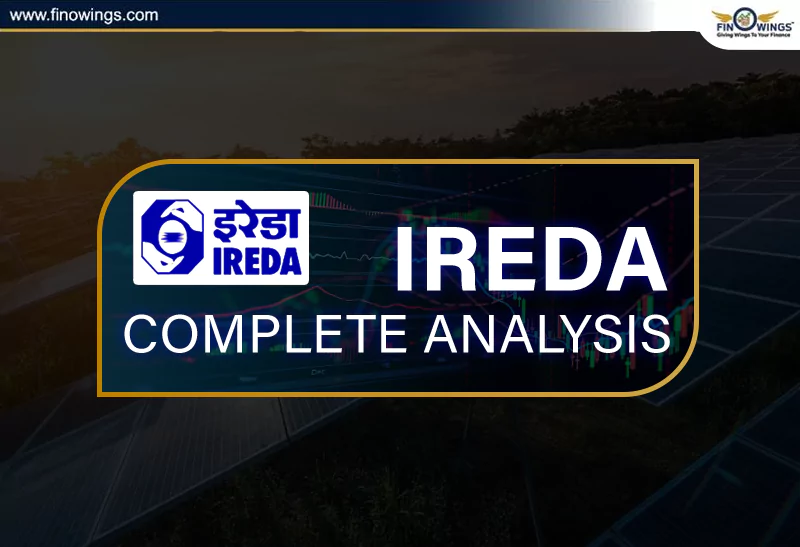Home >> Blog >> Top 5 Natural Gas Sector Stocks in India 2024 | Piped Natural Gas
Top 5 Natural Gas Sector Stocks in India 2024 | Piped Natural Gas

Table of Contents
Understanding the Shift from LNG to PNG
In a significant move, the Indian government is set to transform the country's energy landscape by transitioning from Liquefied Natural Gas (LNG) to Piped Natural Gas (PNG) deliveries to households. This strategic shift, as outlined in Prime Minister Modi's manifesto, aims to provide gas connections to every home by 2029, replacing the traditional gas cylinders with a more convenient and reliable pipeline-based system.
The primary drivers behind this transition are multifaceted. Firstly, the government aims to eliminate the hassle and logistical challenges associated with gas cylinders, providing consumers with a seamless and uninterrupted supply of natural gas. Secondly, the shift to PNG promises an unlimited supply of gas, without the constraints of cylinder storage. Lastly, this transition is expected to bolster the natural gas production market, ultimately benefiting the consumer.
Detailed Video
Advantages and Challenges of the PNG Transition
The shift from LNG to PNG presents both advantages and potential challenges for consumers. On the positive side, the pipeline-based system offers several benefits:
• Elimination of the gas cylinder problem, providing a more convenient and hassle-free experience for consumers.
• Unlimited gas supply without the need for cylinder storage, ensuring a reliable and continuous source of energy.
• Potential to promote the natural gas production market, leading to increased competition and potentially lower prices for consumers.
However, the transition also comes with some potential drawbacks:
• The initial cost of a PNG connection, which requires a deposit of around ₹6,000, may be a barrier for low-income households.
• The fate of existing gas cylinders in homes, which may result in a loss for consumers, is yet to be addressed by the government. It remains to be seen if the government will introduce subsidy schemes or other measures to ease the transition.
These challenges highlight the need for a well-planned and inclusive approach to ensure that the shift to PNG benefits all segments of the population, particularly the lower-income groups.
The Growing Market for PNG in India
The government's focus on expanding the PNG network across India is evident in the data. By December 2033, the total number of PNG connections in the country is expected to reach 1.19 crore, a significant increase from the current levels. Furthermore, the government aims to further expand this network to 12.33 crore connections by 2030, a 12-fold increase.
This growth in the PNG market is driven by several factors:
• The government's commitment to establishing a nationwide natural gas pipeline network, with a total of 33,500 km of pipelines authorized, of which 2,715 km are already operational and an additional 1,360 km are under construction.
• The dominance of a single company, GAIL, which operates 63% of the existing operational pipeline network, making it a key player in the PNG market.
Identifying the Key Players in the PNG Sector
As the PNG market expands, several companies are positioning themselves to capitalize on this growth opportunity. The major players in the PNG sector include:
• GAIL (India) Limited: As the dominant player, GAIL operates 63% of the existing natural gas pipeline network in India, making it a crucial player in the PNG market.
• Indraprastha Gas Limited (IGL): A listed company that operates in the National Capital Region (NCR) and is a major player in the PNG market.
• Gujarat Gas Limited (GGL): A listed company that operates primarily in the state of Gujarat, a key market for PNG.
• GSPL India Gasnet Limited (GIGL): A joint venture between Gujarat State Petronet Limited (GSPL) and other public and private entities, focused on developing natural gas pipelines.
• Indian Oil Corporation Limited (IOCL): As one of the largest oil and gas companies in India, IOCL has a significant presence in the PNG market.
• Gujarat Gas Company Limited (GGCL): A listed company that operates in the state of Gujarat, another important market for PNG.
These companies, along with their market share, operational footprint, and financial performance, will play a crucial role in shaping the future of the PNG market in India.
Analyzing the Investment Potential in the PNG Sector
For investors, the transition from LNG to PNG presents an intriguing opportunity to capitalize on the growth of this sector. By closely monitoring the performance and market dynamics of the key players, investors can identify potential investment opportunities that align with the government's strategic vision for the PNG market.
One such example is GAIL (India) Limited, the dominant player in the PNG market. A technical analysis of GAIL's stock chart reveals a bullish breakout above the ₹10 mark, with the stock continuing to rise steadily. Furthermore, the company's fundamentals, such as a relatively low Price-to-Earnings (P/E) ratio and a declining operating profit margin, suggest that the market may not have fully priced in the potential growth in the PNG sector.
As the government's push for PNG expansion gains momentum, investors would do well to closely follow the developments in this sector and identify companies that are well-positioned to benefit from this transformative shift in India's energy landscape.
Conclusion
The Indian government's decision to transition from LNG to PNG deliveries is a significant step towards creating a more efficient and accessible energy infrastructure for the country. This shift promises to eliminate the challenges associated with gas cylinders, provide consumers with an unlimited and reliable supply of natural gas, and potentially boost the natural gas production market.
While the transition presents both advantages and challenges, the growing market size and the emergence of key players in the PNG sector offer compelling investment opportunities for those who can navigate the nuances of this evolving landscape. By closely monitoring the performance and strategies of these companies, investors can position themselves to capitalize on the growth potential of the PNG market in the years to come.
Disclaimer: This Stock Analysis is only for informational purposes and should not be considered as investment advice. Always do your research and consult with a financial advisor.
Want to start Your Journey in stock market trading and investment? Join our Stock Market Class to become beginner to expert trader! We cover everything from the basics of trading to advanced strategies for picking stocks. Plus, we're offering a special discount for women and students. Don't miss out - enroll now and kickstart your path to success in the stock market!
Open a world of Stock Market by Opening a Demat Account with your favourite Broking firm & Get a trading Strategy worth Rs.15,000!
📍 Angel
📍 Upstox
📍 Alice blue
Frequently Asked Questions
The government wants to make cooking easier and cleaner. PNG offers a never-ending gas supply and eliminates the hassle of booking and refilling cylinders.
The initial cost of setting up a PNG connection can be high. It's also unclear what will happen to existing gas cylinders.
GAIL is the biggest player, but companies like IGL, GGL, and IOCL are also important.
The PNG market is expected to grow rapidly. Companies involved in pipeline infrastructure and gas distribution could benefit.



















